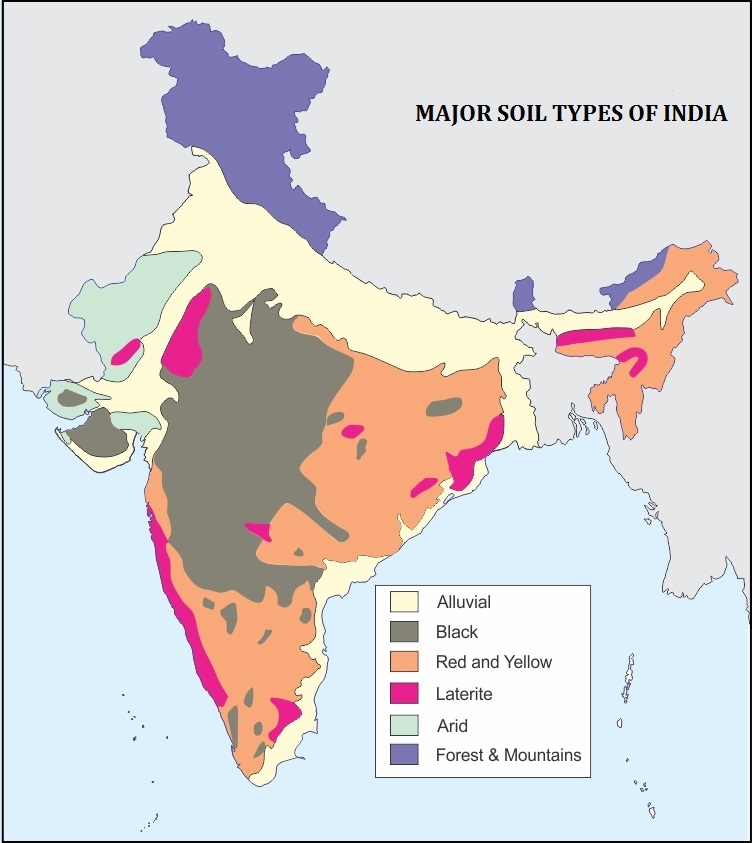In this section, we will learn about the soils of India and the vegetation of India in brief. As per ICAR soils in India are being divided into four categories.
Soils of India
ICAR based on origin divides the soils of India into the following several categories.
- Alluvial Soil
- Black Soil
- Red soil and Yellow Soil
- Laterite Soil
- Arid Soil
- Forest or Mountain Soil
- Saline Soil
- Peaty Soil
Alluvial Soil
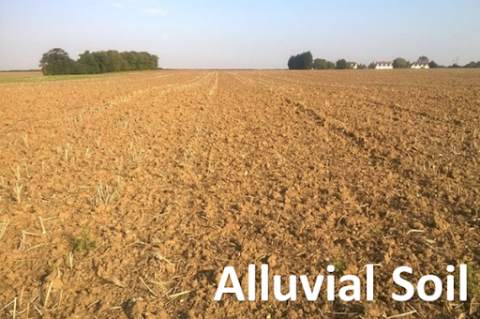
It covers the Great Plains and coastal plains. It is described as the heart of Indian civilization. It is rich in Potash and poor’ in Nicobar, Phosphorus, and humus. It is broadly clarified into 2 sub-categories: Bangar & Khadar. Bangar is Old Alluvium & Khadar is New Alluvium. In the high rainfall regions, Paddy is an important crop, and relatively low rainfall region wheat is the most important crop.
Black Soil

It covers the volcanic plateau of Kathiawar, Malwa, and Deccan Trap. It is rich in Iron, Magnesium, Aluminum & Salt and it is poor in Nitrogen, phosphorus, and humus. It is highly fertile and moisture extensive. As it absorbs moisture, it expands and turns sticky, and in the summers (dry season) cracks develop.
Traditionally it is associated with cotton cultivation and it is therefore also called Black Cotton Soil or Regur. In the usual irrigated areas of Maharashtra, sugarcane is another important crop.
Red Soil and Yellow Soil
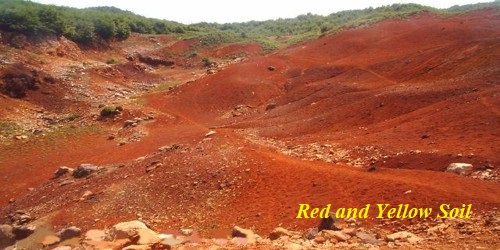
It covers the Aravalis in the north, the plateau of Andhra, Karnataka & Tamil Nadu in the south. Its formation is a consequence of the decomposition and disintegration of quartzite which is the metamorphic form of sandstone. The presence of iron oxide gives it the color red. It is sandy in nature, poor in moisture retention, soil nutrition and traditionally it is associated with rain-fed crops which are drought resistant (which can survive moisture deficiency) e.g.: Jawar, Bajra in the north and Ragi in the south. This soil requires composting and manuring to increase soil fertility and moisture retention capacity. Oilseeds are also grown.
In hydrated form, this soil looks yellow. These fine-grained red and yellow soils are fertile in nature. Whereas coarse-grained soils in dry upland areas are poor infertility due to poor levels of nitrogen, phosphorous, and humus.
Laterite Soil

It covers the Highlands of Indian peninsular viz, Western Ghats, Eastern Ghats, Hills of Chota Nagpur Plateau. This soil is formed in Hot & Humid Tropical Monsoon climate with Seasonal Rainfall. In such a climatic condition Base & Silica are leached (removed) from the soil.
Therefore the soil is going to the acidic in nature. Soil is going to be rich in oxides of iron and Aluminum. Crops like Coffee & Tea are grown.
Arid Soil
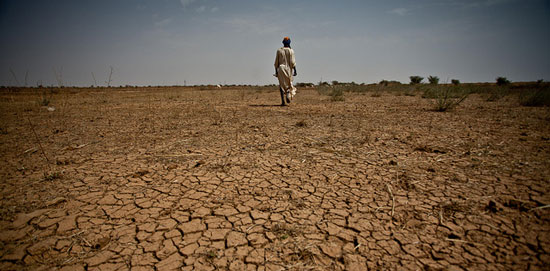
The color of Arid soils ranges from red to brown. This soil is sandy in structure and saline in nature. Salt content is quite high in some areas, sometimes the level of salt is so high that by evaporating saline water, common salt can be obtained. This soil lacks moisture and humus due to high temperature, dry climate, and a high rate of evaporation. The level of Nitrogen is quite low while the level of phosphate is normal.
Kankar is being occupied by in lower horizons because of high calcium levels at a downward level. This Kankar restricts the infiltration of water by forming the layer in the bottom horizons. After irrigation is made available, soil moisture then readily available for sustainable plant growth. These soils are developed in western Rajasthan which exhibits arid topography. These soils are quite poor and contain little humus and organic matter.
Forest or Mountain Soil
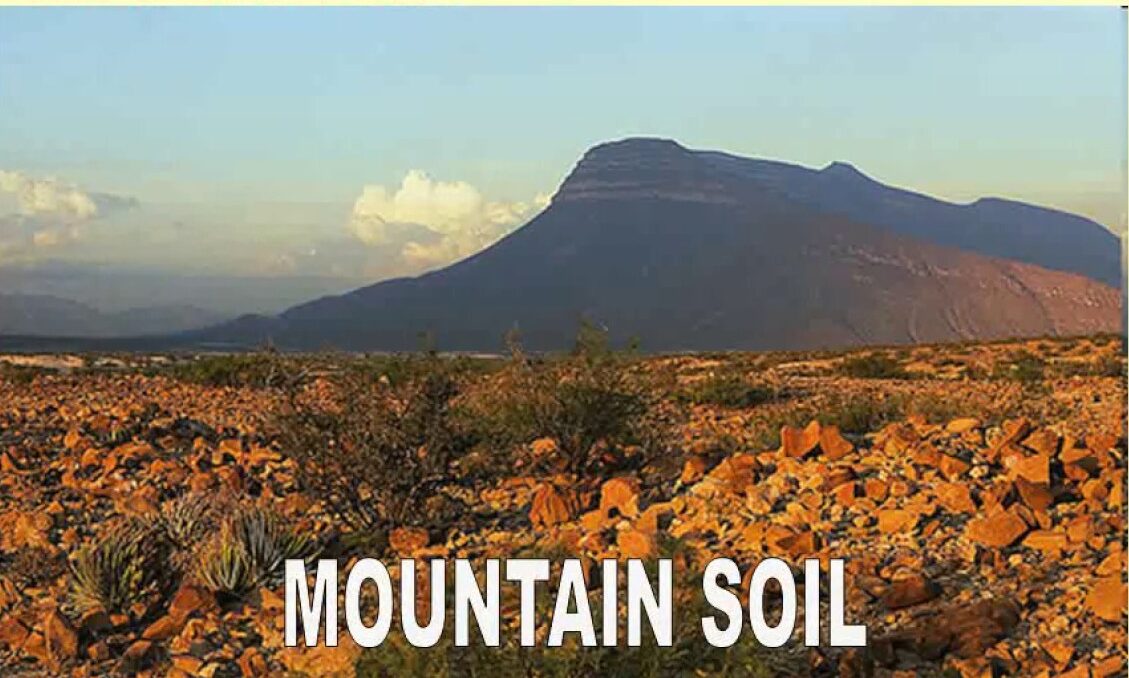
Forest soils are found in the forest areas, where an abundant amount of rainfall is available. These forest soils vary in structure and texture which depends upon the environment of the mountain where the soil is formed. Forest soil is loamy, silty, and coarse in upper slopes. Areas that are snow-bounded in the Himalayas, these soil experience denudation and having low humous content with acidic nature. Fertility can be in this soil can be observed in lower valleys which are being evident when comparing the soil on various parameters such as soil texture, quality, nature, etc.
Saline Soils
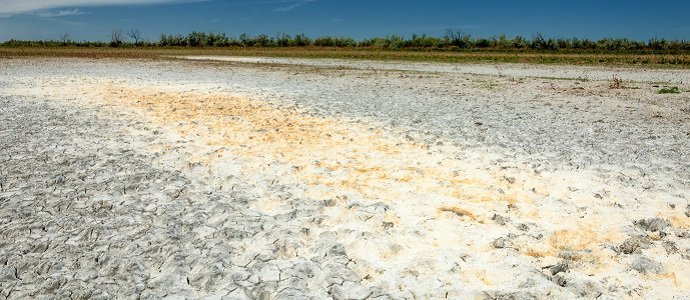
Saline soil is also termed as Usara soils. The characteristic features of these soils are a high proportion of sodium, magnesium, and potassium, and they lack calcium and nitrogen. These soils do not support any kind of vegetative growth as they are infertile. Due to the dry climate and poor drainage, these salts contain more salts. They are found in semi-arid and arid regions, swampy as well as waterlogged areas. Structure varies from sandy to loamy.
The presence of Saline soils can be seen in western Gujarat, eastern coast deltas, and Sunderbans of West Bengal. The southwest monsoon brings salt particles which used to get a deposit in the rann of Kuchchh as the crust. Incoming Seawater in deltas promotes salinity of soils.
Peaty Soils

These soils can be found in areas of heavy rainfall and very high humidity, in-season where the growth of vegetation seems to be good. A large quantity of dead organic matter accumulates in these areas, which results in a high amount of humus and organic content to the soil. The level of organic matter can be noted up to 40-50 percent. The color of these soils is black. The alkalinity nature of the soil is found in many places. The northern part of Bihar, Southern part of Uttarkhand, and coastal area of West Bengal, Tamil Nadu, and Orissa are the areas which mark the presence of peaty soils.
Vegetation of India
Distribution of natural vegetation in India is controlled by the following factors:
- Distribution of rainfall.
- Altitude
Consequently, these are the vegetation types identified in India.
- Tropical Evergreen & Semi-Evergreen Forest.
- Tropical Deciduous Forest.
- Tropical Thorn
- Mangrove Forest.
- Northern Mountain Forest.
- Southern Mountain Forest.
Tropical Evergreen and Semi-Evergreen Forest
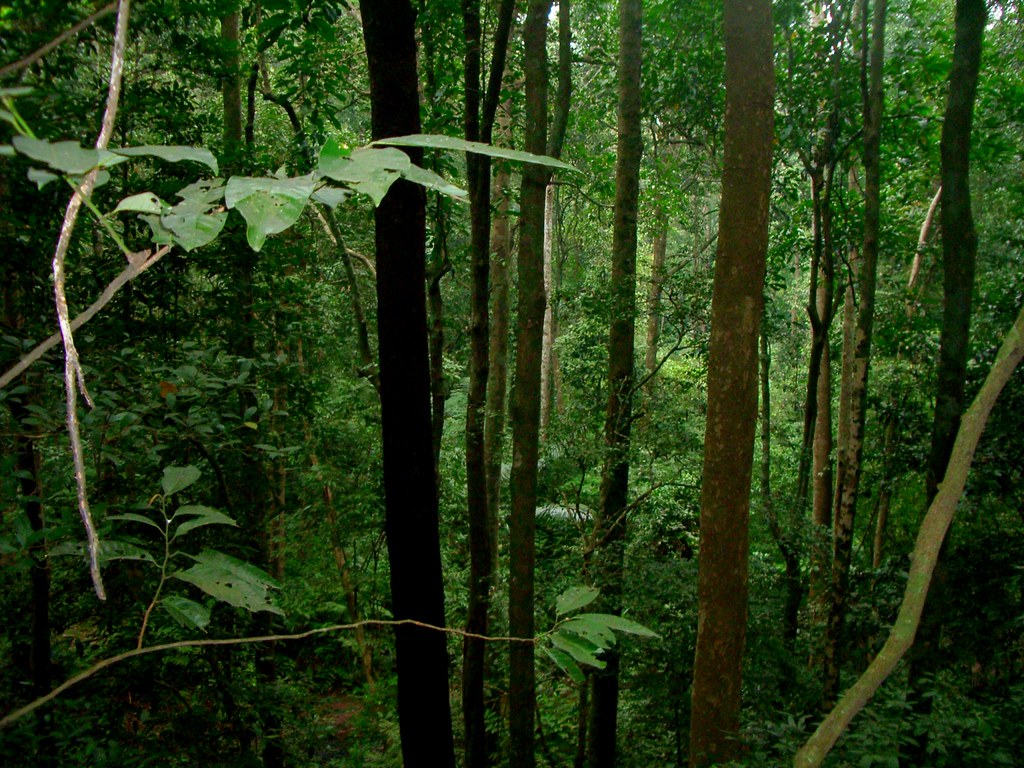
These regions have rainfall is more than 200 cm throughout the year. Tropical evergreen and semi-evergreen forests are seen in the windward side of the Western Ghats and the north-east.
Tropical Deciduous Forest
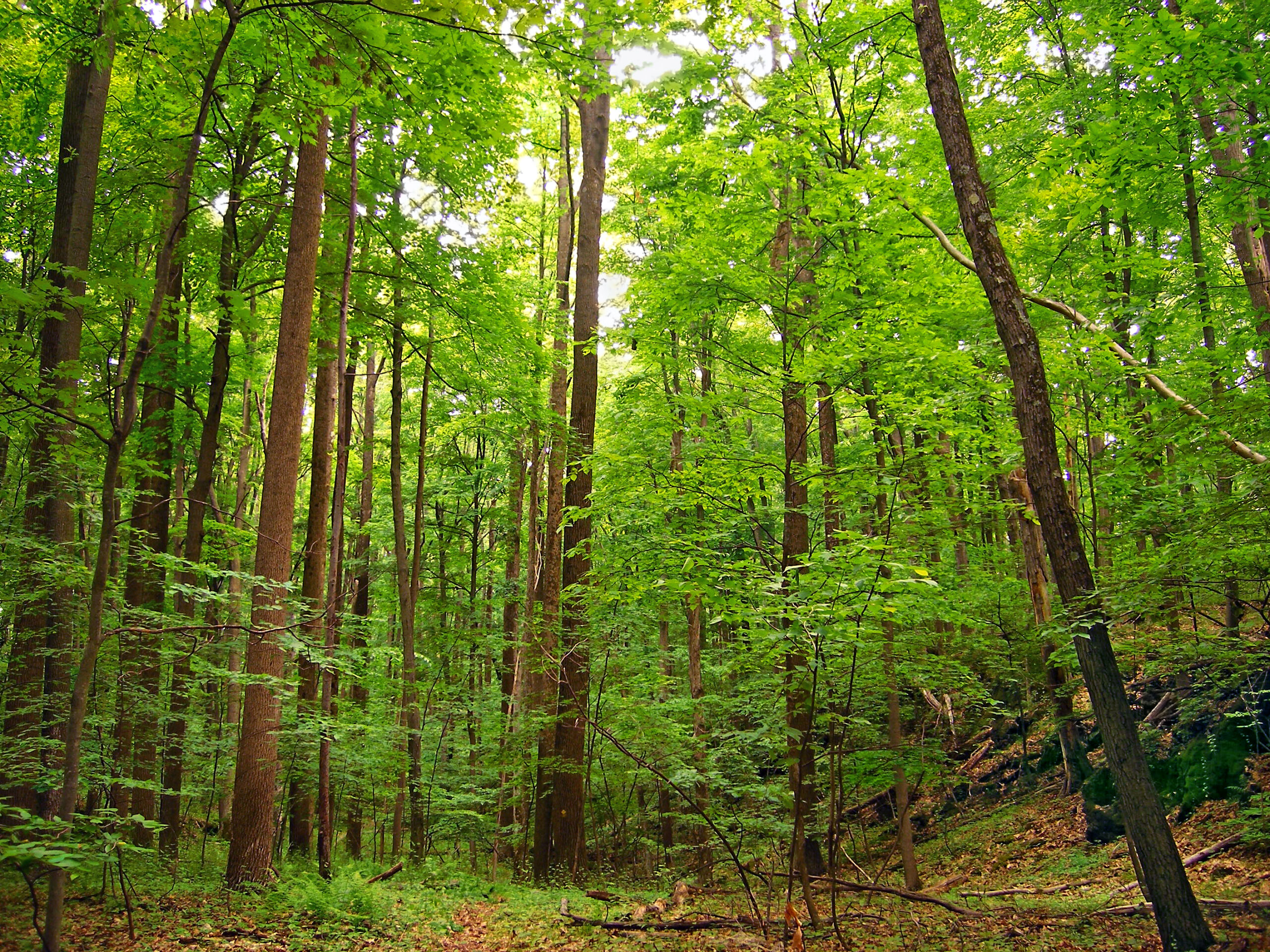
Here, there is a seasonal rainfall of 50-200cm. the vegetation profile is as under, Moist Deciduous (100-200cm), and Dry Deciduous (50-100cm).
Tropical Thorn Forest
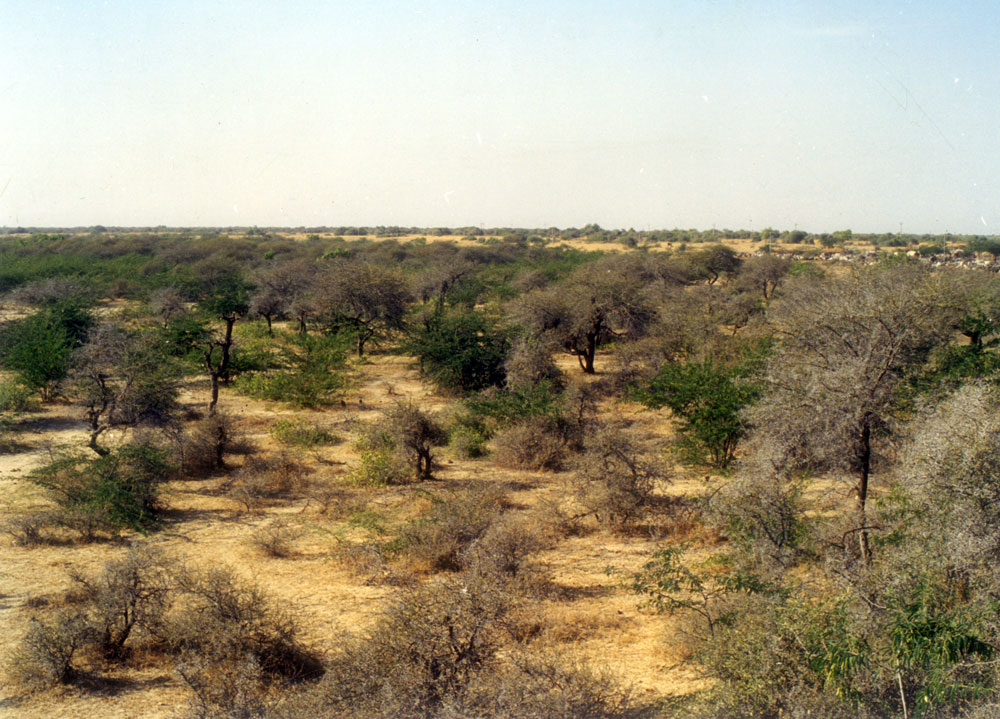
Here, the rainfall is less than 50 cm. Vegetation consists of Xerophytes like Cactus and trees like Babul. The Westside of Aravalis & the Central Plains is dominated by Tropical Thorn Forest.
Mangrove Forest
Delta formation is necessary for the occurring of mangrove forests. This is why the East Coast of India is dominated by mangrove forests. Littoral forest means that part of the coast which is between High Tide & Low Tide is known as the Intertidal Region of a coast. Mangroves are connected with the tropical and subtropical regions.
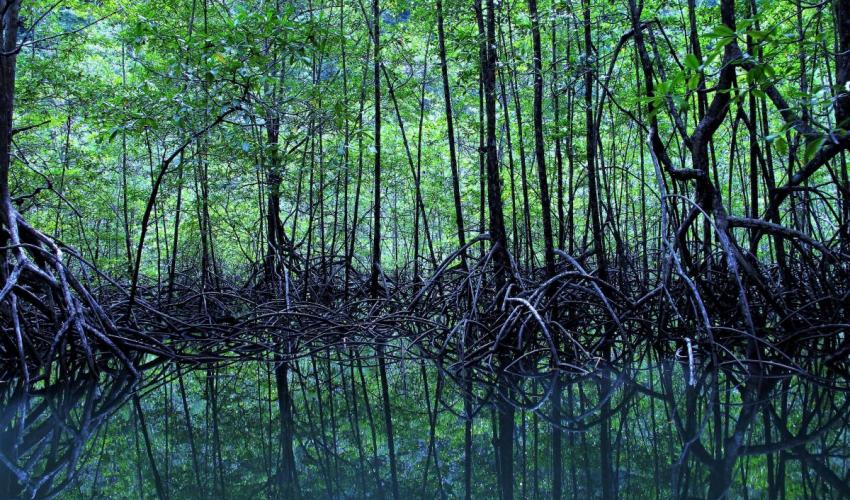
Characteristics of Mangrove Forest
- Tolerance for periodic flooding and dryness and also for high salinity of water `Sunderbans’ is the largest mangrove forest in the world.
- These forests are dominated by high sunshine, high water, and high nutrients: hence their biomass and biodiversity are high.
- India has the largest cover of Mangrove Forest.
- The mangrove forest covered by the Mahanadi delta is known as Bhitarkanika. Sunderbans is famous for the Sundari Tree.
Ecological significance of Mangrove Forest
The mangrove forest is a protective layer on the coast. This forest has vegetation with extensive roots. It protects the coastal regions from the onslaught of cyclones, Tsunami, Oceanic currents, and waves. This provides stability to deltas & coastlines
Northern Mountain Forest

This forest cover is associated with the Himalayan mountain ranges. Vegetation type changes with altitude.
Southern Mountain Forest
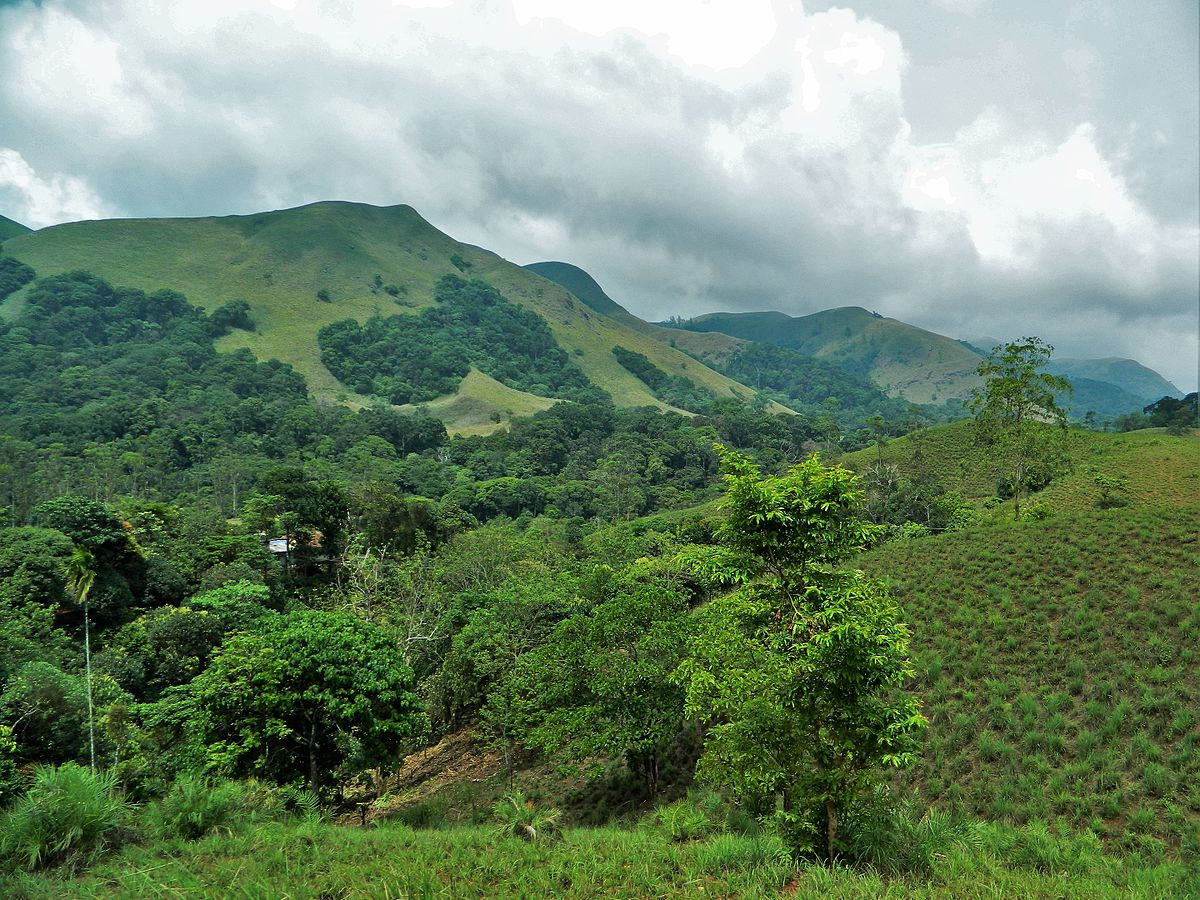
The southern forest or southern mountain forests are net temperate and endemic with great biodiversity. Endemic forests are always developed in geographically located conditions. Because of great bio-diversity, these are also called Shola Forest.

